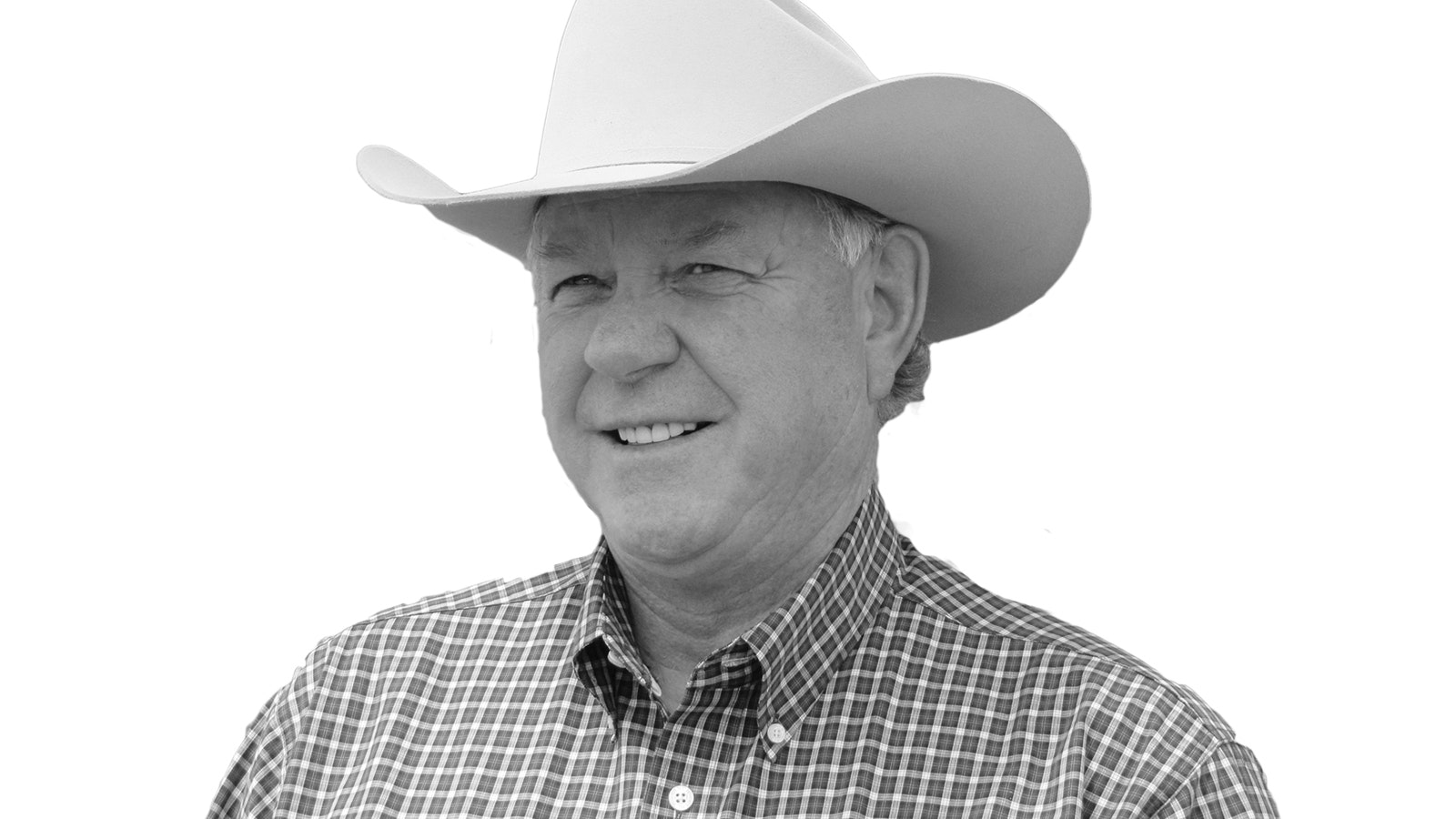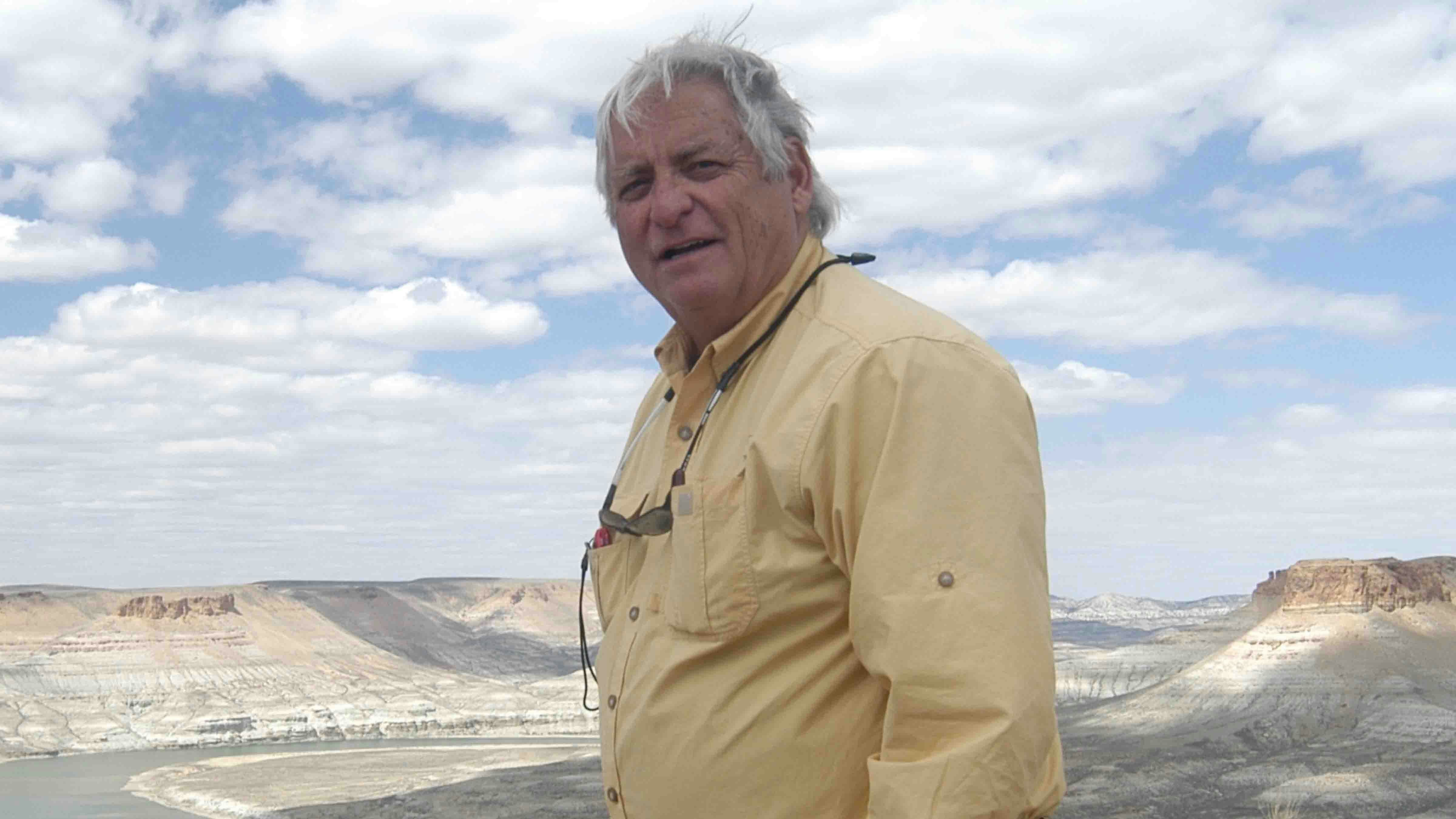Once again John Kerry, the current U.S. special presidential envoy for climate, is attacking American ranchers and farmers by criticizing food production’s contribution to carbon emissions.
In a video first shared on Twitter, Kerry states, on a global level, agriculture accounts for anywhere from 26 percent to 33 percent of greenhouse gases.
He also says, “We can’t get to net zero, and we don’t get this job done, unless agriculture is front and center as part of the solution.”
His position has cabinet level status, so he does have some clout in the Biden administration. A person starts to wonder if he is the one who started the trend to get rid of natural gas stoves and stop natural gas service to new buildings in some cities.
Kerry once ran for president and didn’t get very far at all, so maybe he is out to get Americans for not voting for him. He does seem to have close ties with China, so maybe he needs to spend more time in China, as they are the world’s worst polluter.
He doesn’t have much respect in the U.S., as he doesn’t have all the facts.
First of all, Kerry doesn’t realize agriculture has been among the most active parts of the climate solution for years. “Net zero” is not achievable when raising livestock or crops, but what is achievable is farmers and ranchers offsetting their emissions.
The U.S. Environmental Protection Agency (EPA) says agriculture accounts for 24 percent of emissions globally and just 11.2 percent of emissions in the U.S. What EPA fails to do is tell the story of agriculture offsetting emissions in the U.S. by cleaning the air and storing carbon.
According to a study at Michigan State University, an acre of corn absorbs 18 tons of carbon dioxide simply by growing. On average, a farmer uses about seven gallons of diesel per acre which translates to about 161 pounds of carbon dioxide per acre according to the U.S. Energy Information Agency.
By planting an acre of corn, farmers are bringing 161 pounds of carbon dioxide with them, but they are taking out eight tons of carbon dioxide with the acre of corn.
We now realize agriculture has long been a leader in reducing carbon emissions, even when this issue wasn’t such a national priority. Agriculture has managed to increase yields while reducing their inputs across both crop and animal ag sectors.
According the American Farm Bureau Federation, which has adopted climate change as a policy focus, farmers could cut their carbon footprint in half just by furthering techniques they’re already using.
“Agriculture should be a model for the electric and transportation sectors, which contribute around 55 percent of emissions. Ag can show other industries how to do it in a sustainable way,” says Author Amanda Zaluckyj.
For some time, agriculture has been using solar power for electricity. Most ranchers have solar-powered water wells as the cost of constructing powerlines is prohibitive.
The downfall is, while solar energy is presented as a carbon-free alternative to electrical generation, studies are showing it’s far less green than being reported. Large solar fields are the worst.
A new study has shown the carbon dioxide emissions of solar energy is five times higher than originally thought, and there is nothing offsetting their emissions.
This is the message people need to hear from farmers, politicians and academia.
Dennis Sun is the publisher of the Wyoming Livestock Roundup, a weekly agriculture newspaper available online and in print. To subscribe, visit wylr.net.





